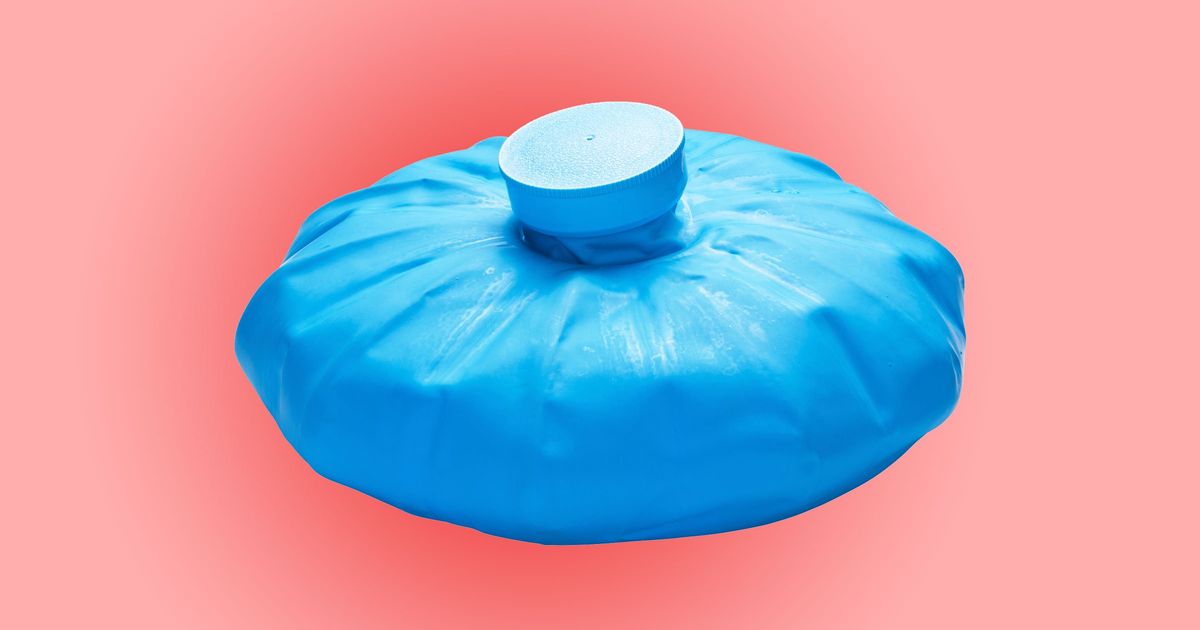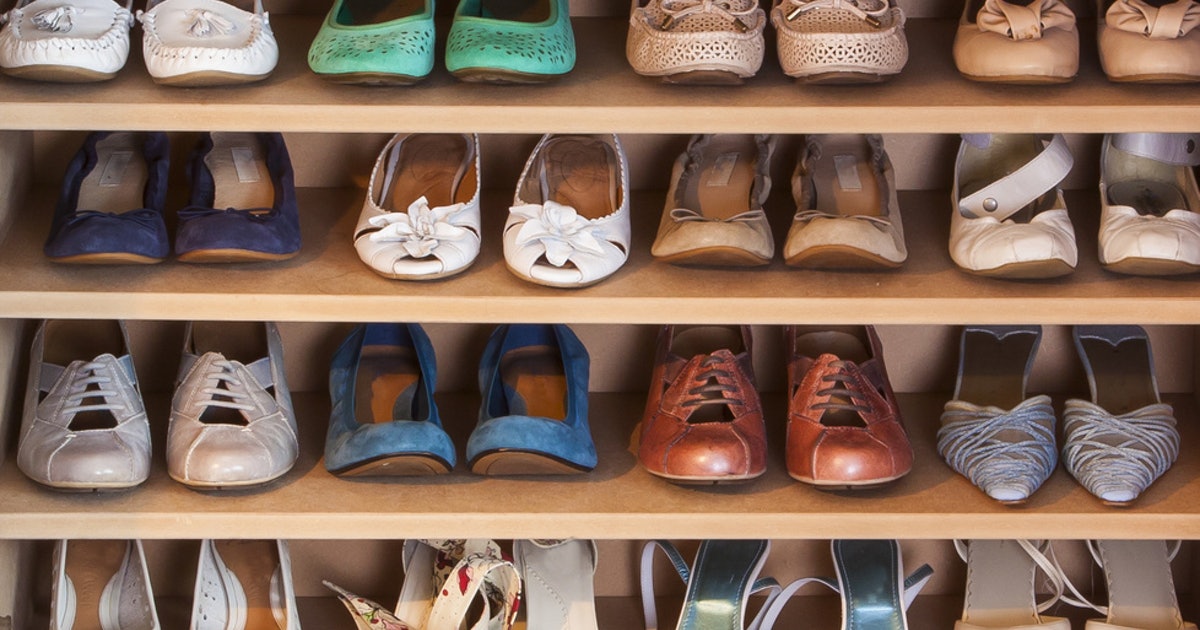How To Easily Treat And Prevent Bunions
Cold Compresses

Bunions frequently cause redness, swelling, and pain. Cold compresses, ice packs, and cold gel pads can help alleviate pain and make walking more comfortable. To avoid burning the skin with ice, always wrap ice in a plastic bag or towel and never apply it directly to the bunion site. Use cold compresses or ice for twenty to thirty minutes at a time and for between three to five times a day. In addition to the application of cold packs, the use of a cooling gel, spray, or lotion may be beneficial. These are available over-the-counter in a variety of formulations. Menthol, a substance that produces a cooling sensation on the skin, is one of the most commonly used ingredients in these products. Some gels may also contain natural pain relievers such as arnica or anesthetics such as lidocaine.
Reveal the next method of treating bunions now.
Changing Shoes

Certain types of footwear often cause bunions, and changing shoes can help prevent them from forming or keep bunions from growing. In particular, shoes that are too tight or narrow are often associated with the development of bunions. Patients who wear high heeled shoes, which are often very narrow in the toe and can pinch toes, are at an increased risk of developing bunions. Patients are advised to wear flat shoes with a wider toe box and to choose shoes that offer proper support. In a properly fitted shoe, the toe box should be wide enough so the patient can wiggle their toes. Shoe fabrics with some flexibility, such as canvas, knit, or soft leather, are recommended. In addition, choosing a shoe with arch support and a sole that is neither rigid nor flimsy will help in relieving bunion symptoms. If shoes with heels are worn, the heel should ideally be no more than two inches high.
Keep reading to learn about the next treatment for bunions now.
